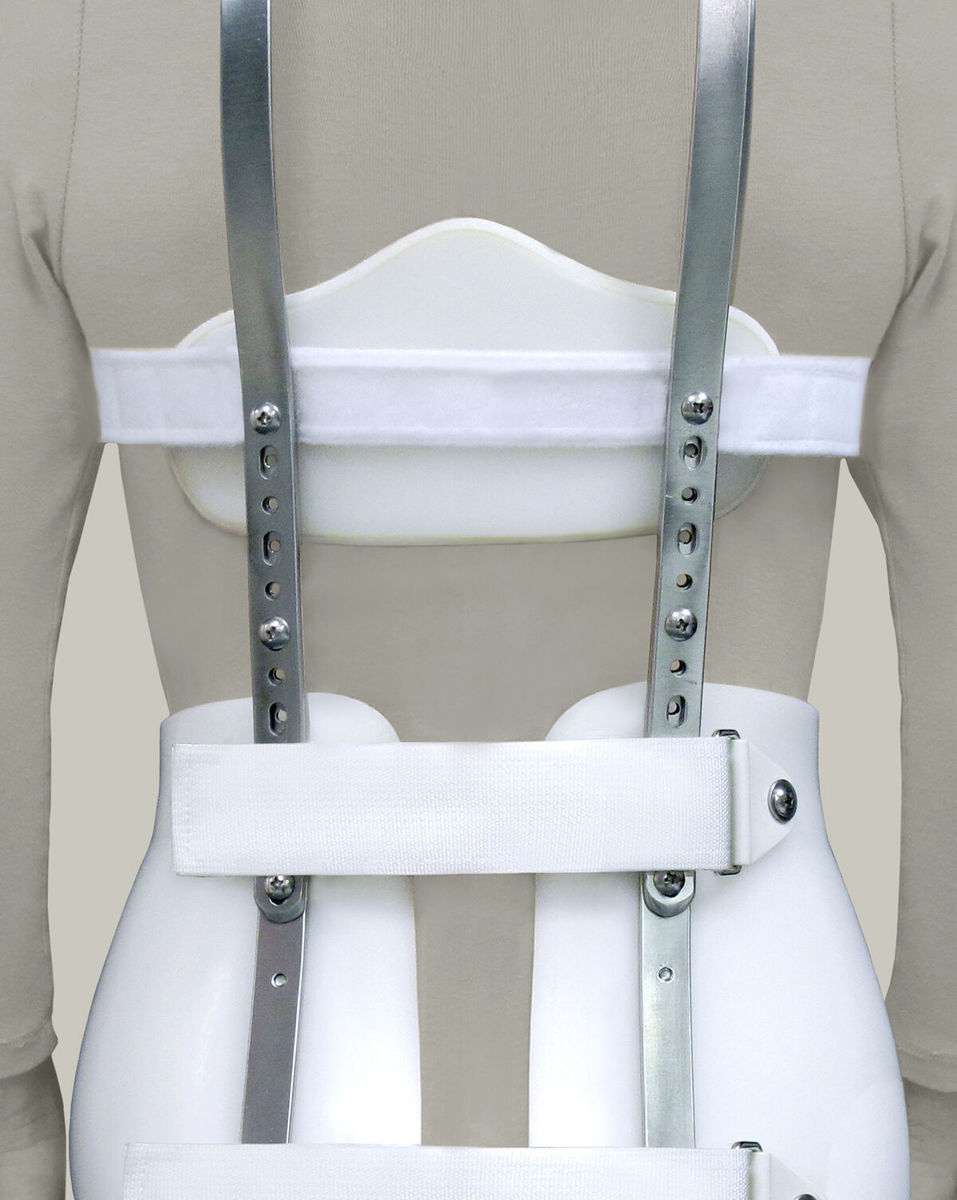Many of us read about the Milwaukee Brace in Judy Blume's novel "Deenie," saw it portrayed in "Romy and Michele's High School Reunion" and "Sixteen Candles" (who can forget Joan Cusack trying to drink from a bubbler while wearing the restrictive headgear?) and endured the dreaded "scoliosis test" in elementary school.
But it seems the Milwaukee Brace was more "in fashion" a couple of decades ago, so we tracked down Dr. Stephen Robbins, an orthopedic surgeon with the Milwaukee Spinal Specialists, and asked him if the Milwaukee Brace is still used today and why it's named after our city. (Hmmm ... Doesn't "Brew City Brace" have a better ring to it?)
"The Milwaukee brace is definitely used less today than it was. It works well with certain conditions, but you have to find the right type of patient and the right type of curve," says Robbins.
Today, the brace is used for a particular kind of scoliosis called thoracic scoliosis and for a condition called Scheuermann's Disease. It is also used in young children with certain congenital spine deformities.
"Years ago, if a kid had a curvature of the spine, they were put in the (Milwaukee) brace," says Robbins. "But we've research more, have more information about the natural history of the condition now, and the Milwaukee Brace is not always our first choice."
Drs. Walter Blount and Albert Schmidt at the Medical College of Wisconsin and Milwaukee's Children's Hospital developed the Milwaukee Brace in 1946. For decades, the Milwaukee Brace was the golden standard in the conservative treatment of scoliosis worldwide.
The brace consists of a pelvic circle, throat mold, and various bars, straps and pressure pads that work together to hold a curvature and prevent it from worsening. Unfortunately, to be effective the brace has to be worn around the clock and usually during adolescence.
Karen Johnson grew up on the North Side and wore a Milwaukeee Brace from the age of 12 to 15.
"It was rough," she says. "I remember going to a dance at my junior high and nobody asked me to dance."
Robbins says, partly because of the cosmetic hardships on kids who wear the brace, orthopedics are more inclined to observe a child with borderline scoliosis then to fit them for a brace immediately. Plus, other braces that are softer and easier to hide beneath clothing have been developed to make the experience less traumatic. However, if other treatments are ruled out, the Milwaukee Brace is very effective.
"When 'Sixteen Candles' first came out I was totally offended by the girl in the brace, but I saw the movie recently and I laughed so hard I cried," says Johnson.
Molly Snyder started writing and publishing her work at the age 10, when her community newspaper printed her poem, "The Unicorn.” Since then, she's expanded beyond the subject of mythical creatures and written in many different mediums but, nearest and dearest to her heart, thousands of articles for OnMilwaukee.
Molly is a regular contributor to FOX6 News and numerous radio stations as well as the co-host of "Dandelions: A Podcast For Women.” She's received five Milwaukee Press Club Awards, served as the Pfister Narrator and is the Wisconsin State Fair’s Celebrity Cream Puff Eating Champion of 2019.



